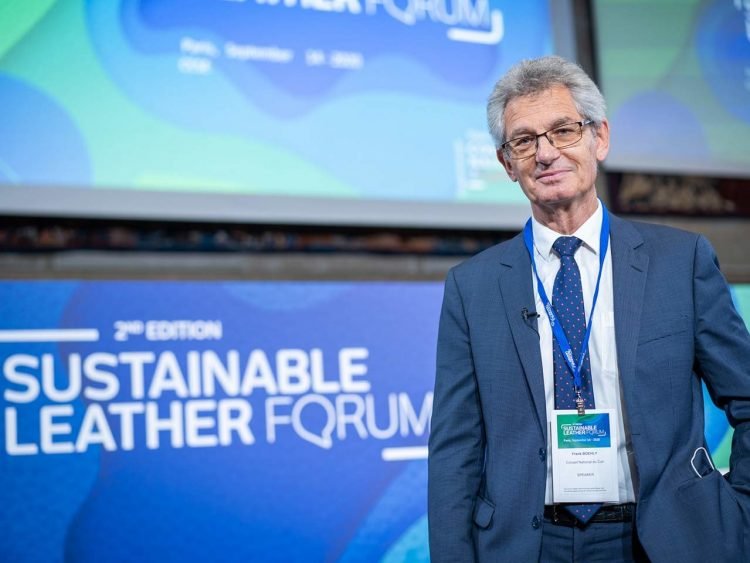The French Leather Industry is making a positive economic assessment for 2021. Thus, its exports increased by 24% compared to 2020, the first year of the pandemic, and +9% compared to 2019. Most industries benefit from this growth and are back to pre-crisis performance levels: +44% for raw hides and leather exports (the world’s third largest exporter), +30% for leather goods, +17% for tanning and tanning, +14% for footwear etc. Frank Boehly, Chairman of the National Leather Council, said, “The recovery announced at the end of the last quarter of 2020 continued in 2021. The leather goods industry is more than ever the engine of our industry, and is characterized by remarkable performances by the major luxury groups (CNC). These good results. encouraging and allows the industry to tackle the great challenges of tomorrow with dynamism despite the uncertainties associated with the health crisis, but without hiding the challenges that await professionals in the industry.
LABOR AND EDUCATION
If tradition and innovation go hand in hand in the industry and contribute to the international performance and competitiveness of companies in the leather industry, recruitment and training poses one of the biggest challenges for the future of the 12,800 companies and 133,000 industries. It has a turnover of 25 billion euros, 13 billion of which is from exports. “What could be better than opening workshops and factories to promote the leather trade and attract tomorrow’s talents? Clémentine Colin, the new president of the French Shoe Federation, asks Richard (FCF) “This industrial tourism makes it possible to bond with the public and (re)create professions in the shoe world. High tech and the digital transition also add to the attractiveness of these professions. “The person who is also the manager of the Isère-based family of SME Richard-Pontvert (Paraboot brand) recalled the challenges of Made in France: fourteen million pairs were produced in our region in 2020, covering about 4,000 jobs. “The industry has implemented various financial aid schemes to support start-ups and survivors. Among them, ADC ( Au-Dela du Cuir ) incubator Faire De Lance (FDL), which accompanies new entrepreneurs in French territory, the investment fund of the Leather Invest sector in favor of French production, or the guarantee and loan fund created within the IFCIC (Institute for the Financing of the Cinema and Culture Industries). ) facilitates access to bank financing for young fashion designers. FFC also launched a support service called Financer la Chaussure for medium and long term financing solutions. Yet Clémentine Colin Richard insisted on drawing attention to the “Collection Tax Credit (CIC) which allows manufacturers to maintain their know-how in France and encourage French creativity.” 80% of entrepreneurs in the industry use it, and for three quarters the ceiling has been reached, which does not allow them to call for new help or even relocate to modernize their industrial vehicles. Hence the call to remove this tax credit from the de minimis rule. »









